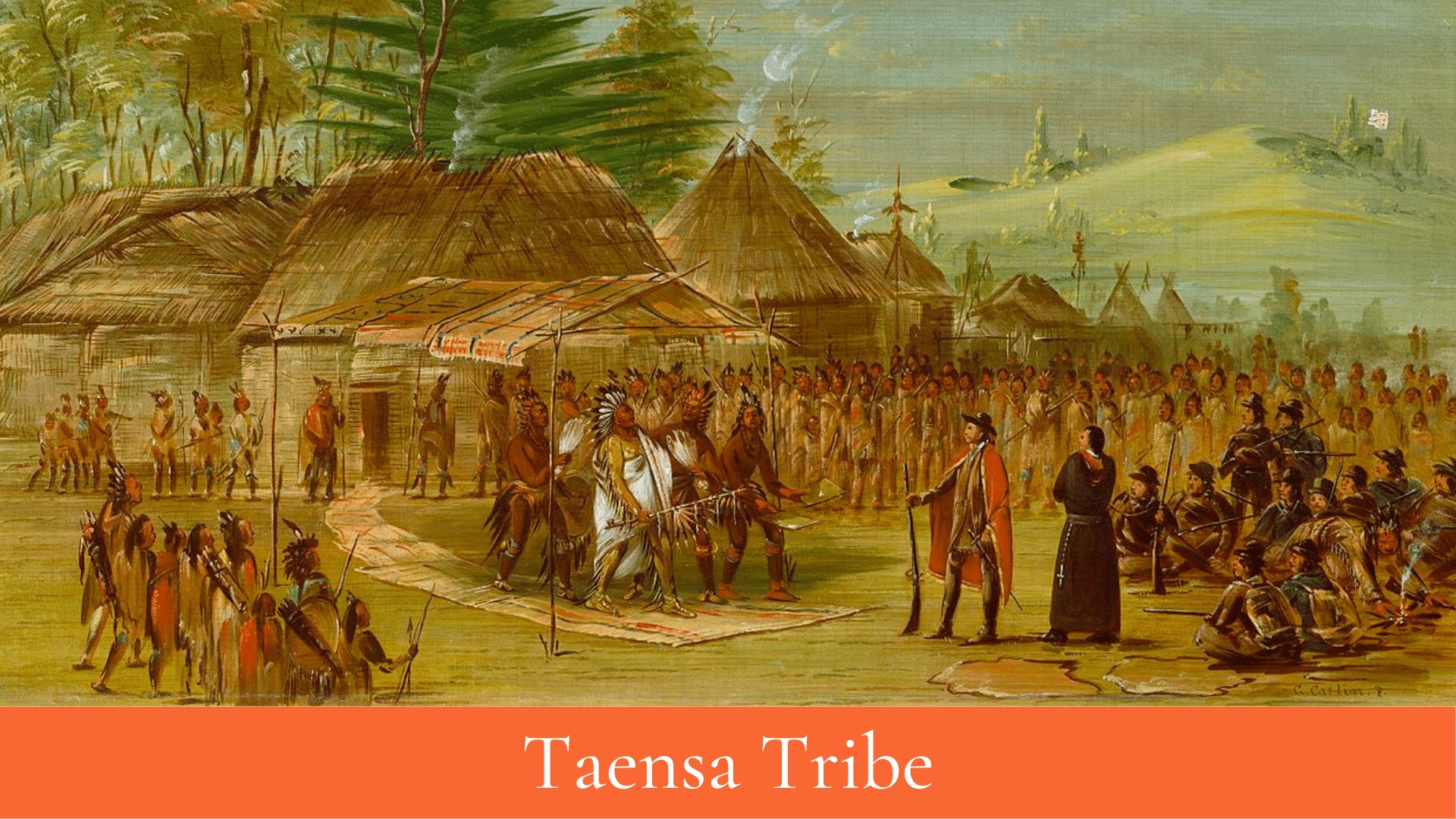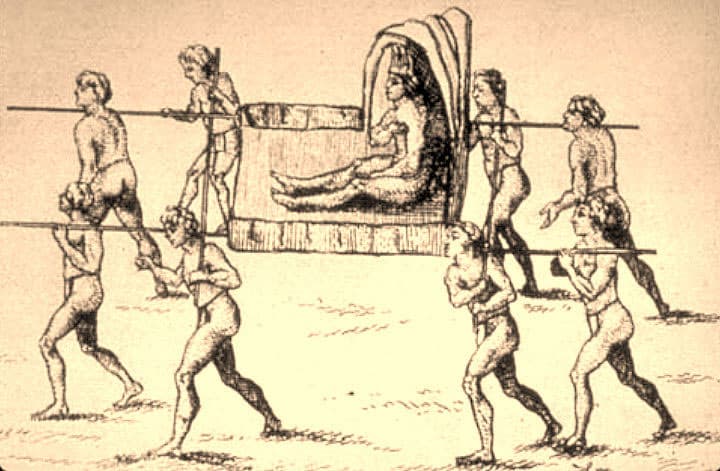
Jump to:
#1. The Taensa Tribe Lived Off The Land
The Taensa Tribe, a Southeast Tribe, were primarily farmers.
It seems evident because all Native Americans lived off the land, but they used it differently. Some tribes had diets of primary meat and would even move with the Bison because the meat and carcass were so helpful to them.
Many coastal tribes, such as the Northwest Tribes, lived off of fish and gathered natural resources.
The Taensa tribe were primarily agriculturists who grew maize, pumpkins, squash, beans, and tobacco.
#2. They Lived In Modern-Day Louisiana

The Taensas was located in modern-day Tensas Parish, Louisiana, and were situated near the mouth of the Mississippi River.
The location near the Mississippi River allowed them access to the Gulf of Mexico and would aid their agriculture.
While Louisiana is their primary location, they are said to have also lived in Alabama.
#3. The French Were The First Europeans To Contact The Tribe

The French had a lot of interests in Louisiana. The first explorer to meet the Taensa Tribe was René-Robert Cavelier, Sieur de La Salle. La Salle led an expedition down the Mississippi and met many Native American cultures that had existed on the Mississippi for centuries.
Pierre Le Moyne d'Iberville was another French explorer who met the Taensa and recorded the Taensa as having 300 warriors and living in seven villages named Taensas, Chaoucoula, Conchayon, Couthaougoula, Nyhougoula, Ohytoucoulas, and Talaspa.
The French also placed missions to try and convert the natives to Christianity.
#4. The Taensa Tribe Practiced Human Sacrifice

Natives on the Mississippi River had many unfortunate practices. One of these practices was often human sacrifice.
Human sacrifice was often performed as a funeral rite for a deceased chief. The French discouraged this practice.
Taensa religious life revolved around the worship of the sun, represented by the sacred fire kept perpetually burning inside their temple.
Their elite class of hereditary royalty was known as suns, and like the Natchez, they believed their chief, whose official name was Yak-stalchil (Great Sun), was matrilineally descended from the sun through his mother, the "Grande Soleille" (French for "female Great Sun").
Their mythology claimed that in the distant past, a man and woman who shone like the sun had come down to them to be their rulers.
Afterward, they turned to stone. Stone statues fitting this description are recorded by early observers as being worshiped as the original couple in the temple.
The Taensa rulers claimed descent from this mythological couple, making their social order, in effect, a solar theocracy.
The eldest daughter of the female Great Sun inherited her mother's position. Her eldest son inherited the position and name of Yak-stalchil.
Her second eldest son inherited the position of War Chief along with the name and title of Obalalkabiche (Tattooed Serpent).
#5. The Taensa Tribe Faded Into History
Once Europeans made contact with the Taensa tribe, it would mark the beginning of the end. They were ravaged by smallpox, and because they did not have any immunity to it, they saw high fatality numbers.
After La Salle's initial contact the natives on the Mississippi lost around 90% of their population within 3 generations.
They became targets for slave raids, which would deplete their population further.
They eventually relocated west of the Mississippi and merged with the Chitimacha tribe.
Early in the nineteenth century, the Taensa petitioned the Spanish colonial authorities for land on which to settle in southeastern Texas; they were given permission to settle land lying between the Trinity and the Sabine rivers but ultimately did not migrate.
This was the last appearance of the tribe in historical records. They later moved south to Bayou Boeuf and later still to Grand Lake, "after which the remnant disappear[ed] from history.
